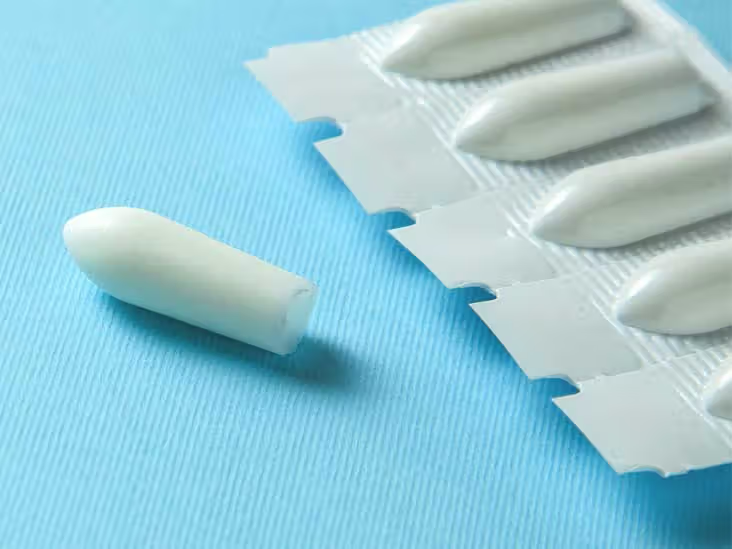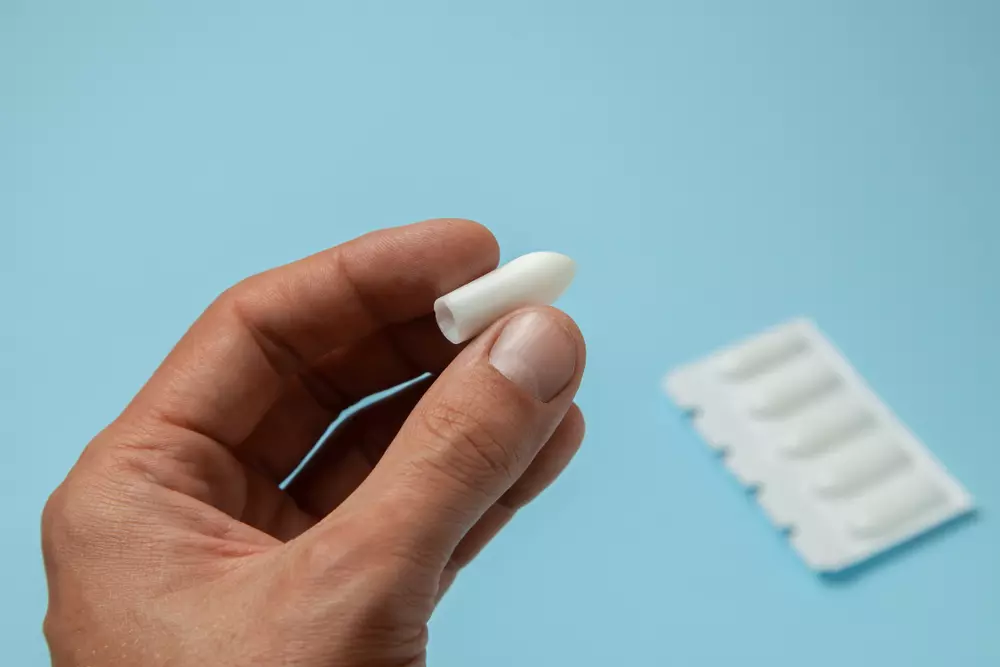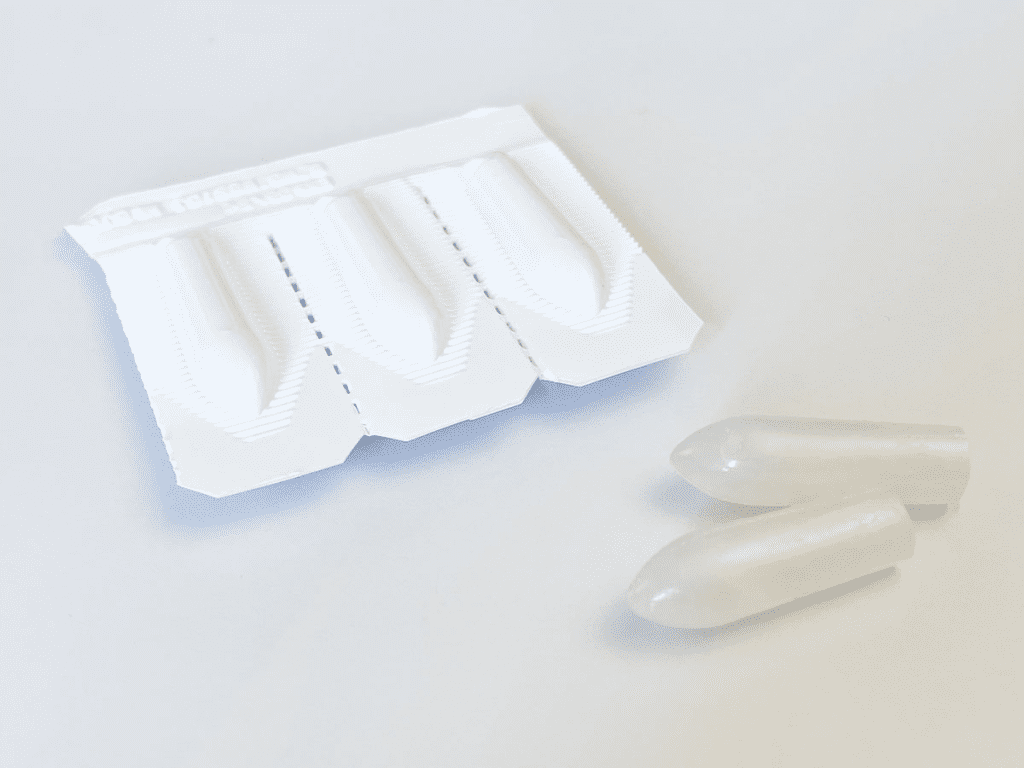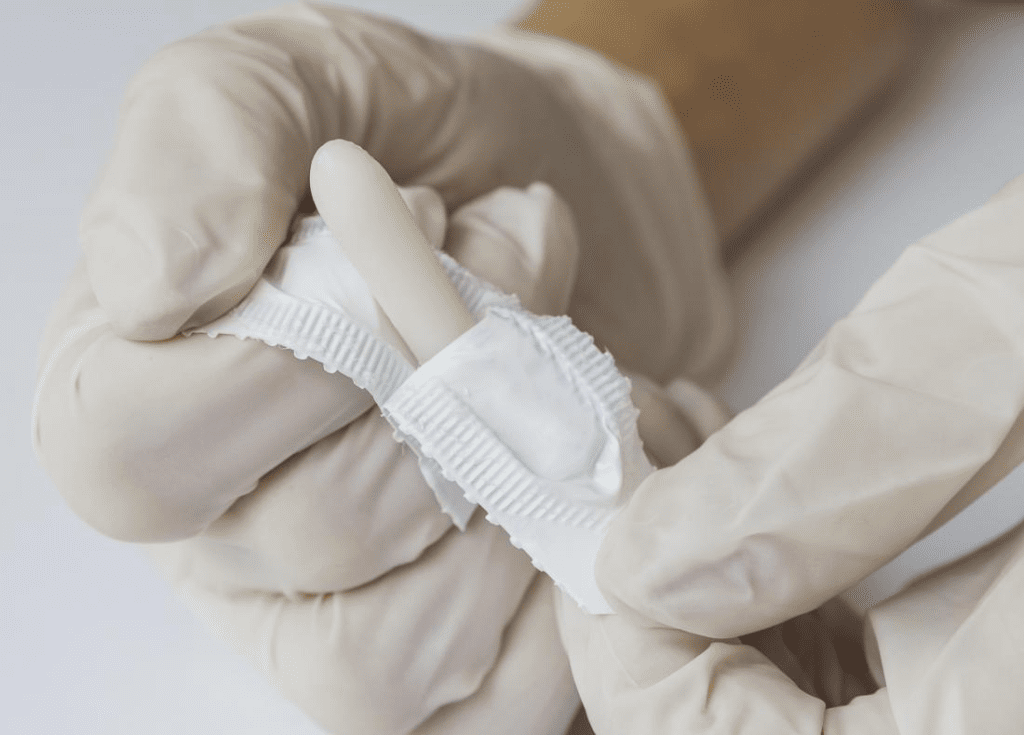A Lesser-Known But Powerful Way to Take Medication
When you think about medicine, your mind probably jumps to pills, liquids, or maybe even shots. But what if you can’t swallow a pill or your stomach can’t handle a certain drug? That’s where suppositories come in—a small, often overlooked solution that can pack a powerful punch. In this guide, we’ll break down everything you need to know about suppositories—what they are, what they treat, and exactly how to use them.

What Are Suppositories and Why Do They Matter?
Suppositories are small, solid medications designed to melt inside the body and release medicine directly where it’s needed. They come in different shapes and forms depending on the area they’re intended for—rectal, vaginal, or urethral. While the idea of inserting medication might seem odd, it’s incredibly effective and surprisingly simple.
So why would someone opt for this method? Here’s the thing—our bodies aren’t always cooperative when it comes to medicine. Some drugs get destroyed in the stomach before they can work. Others cause nausea when taken by mouth. Suppositories skip the digestive process and can offer faster relief without the side effects of oral medication.
Video: 7 Facts about Rectal Suppositories: What are they? Main Uses – Dr. Rajasekhar M R| Doctors’ Circle
Why Suppositories Might Be the Better Option
Still on the fence? Let’s explore a few reasons why people turn to suppositories:
- Fast Absorption: When inserted properly, suppositories can work quicker than pills.
- No Need to Swallow: Ideal for children, seniors, or anyone with trouble swallowing medication.
- Gentle on the Stomach: They bypass the digestive system, which helps avoid stomach upset.
- Localized Treatment: For issues like hemorrhoids or vaginal infections, suppositories deliver the medicine right where it’s needed.
Think of it like bypassing traffic with a shortcut—it’s not always the main road, but it gets you there faster and smoother.
The Different Types of Suppositories
There isn’t a one-size-fits-all when it comes to suppositories. Different types are crafted for different routes and medical conditions:
Rectal Suppositories
These are the most common type. They’re used to treat:
- Constipation
- Hemorrhoids
- Fever
- Nausea
- Pain or inflammation (like with arthritis)

Vaginal Suppositories
Primarily used by women, these treat:
- Yeast infections
- Bacterial vaginosis
- Hormonal therapy (like estrogen)
- Vaginal dryness
- Birth control (in some cases)
Urethral Suppositories
Less common, but sometimes used for:
- Erectile dysfunction (with medications like MUSE)
Each type is specially formulated to dissolve at body temperature and release medication exactly where it’s needed. Pretty neat, right?
Conditions Commonly Treated With Suppositories
Suppositories may not be your everyday go-to, but they treat a surprisingly wide range of issues:
- Allergies and Anxiety: Some people use rectal suppositories when they can’t take pills during a panic or allergy attack.
- Constipation: Glycerin or bisacodyl suppositories work fast to stimulate bowel movements.
- Hemorrhoids: Medicated suppositories ease inflammation and pain right at the source.
- Vaginal Infections: Antifungal suppositories target yeast infections effectively.
- Hormonal Imbalance: Hormone therapy via vaginal suppositories helps balance estrogen levels.
- Erectile Dysfunction: Medications delivered directly into the urethra can promote blood flow.
So whether it’s a common cold symptom or a chronic condition, suppositories offer a targeted solution that gets the job done.

Step-by-Step: How to Use Suppositories the Right Way
Let’s be honest—it might feel a bit awkward at first. But using suppositories is easy when you follow the right steps.
Using a Rectal Suppository
- Empty Your Bowels (if needed).
- Wash Your Hands thoroughly.
- Unwrap the Suppository and get it ready.
- Lubricate with a water-based lubricant to make insertion smoother.
- Position Yourself—either lie on your side or stand with one leg elevated.
- Insert Gently, tapered end first, about an inch in.
- Stay Still for 15 minutes to let it dissolve.
- Wash Up after the process.
Using a Vaginal Suppository
- Wash Hands first—always!
- Unwrap and Load into the applicator if needed.
- Lie Down or Stand in a comfortable position.
- Insert Gently as far as it feels comfortable.
- Release the Medicine using the applicator.
- Rest for a few minutes.
- Clean Up your hands again.
Video: 6 things you should know about SUPPOSITORIES
Using a Urethral Suppository
- Empty Your Bladder beforehand.
- Prepare the Applicator by removing the cover.
- Stretch the Area Gently and insert the applicator.
- Release the Medication with a press.
- Massage the Area to help the medicine absorb.
Troubleshooting Common Issues
Like with any treatment, things don’t always go perfectly. Here are a few common hiccups and how to handle them:
- Leakage: Lie down a bit after inserting to reduce this.
- Irritation: Use a gentle lubricant and make sure you’re inserting correctly.
- Not Feeling Relief?: Make sure you’ve followed instructions or talk to a doctor—some medications may take more time to work or need a different dose.

When Suppositories Might Not Be the Right Choice
Suppositories aren’t for everyone. It’s best to avoid or consult a doctor if you’ve had:
- Recent Rectal Surgery or severe rectal bleeding
- Prostate Surgery (men using urethral options)
- Vaginal Surgery or Radiation (women using vaginal suppositories)
Safety always comes first, so talk to your healthcare provider if you’re unsure.
Conclusion: Why Suppositories Deserve a Spot in Your Medicine Cabinet
Suppositories might not be the most glamorous option, but they’re incredibly effective and often overlooked. Whether you’re managing a chronic issue or need fast relief when your stomach’s off-limits, they provide a reliable, localized way to get the medicine your body needs.
So next time you’re faced with a medical challenge, don’t overlook this tiny but mighty form of relief—it just might be the solution you’ve been missing.